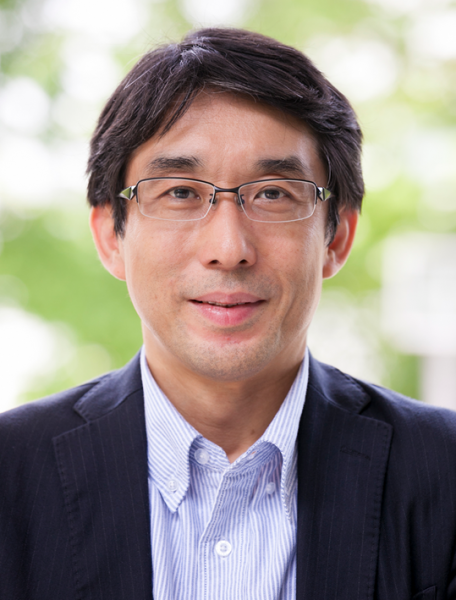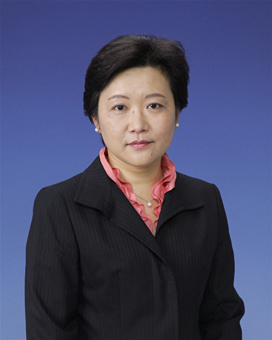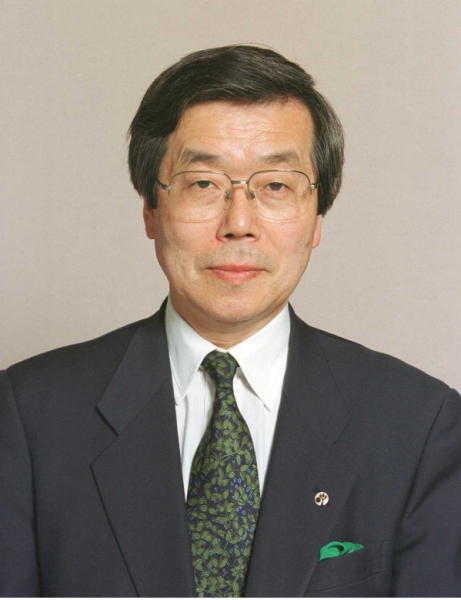Security Policy Reforms of the Abe Administration

IWAMA Yoko, Professor of International Relations, National Graduate Institute for Policy Studies (GRIPS)
December was a busy month for Japanese security specialists. The biggest development came at the end of the month — Prime Minister Abe’s visit to Yasukuni Shrine, on December 26. It came as a surprise to all of us, but it seems to have been a well planned and long contemplated move on the part of the prime minister. Abe’s nationalistic views were well known, and that he had publicly said that he deeply regretted the fact that he was unable to go to Yasukuni Shrine during his first premiership was interpreted as meaning that he intended to make a visit this time. All the same, his visit made a deep impact and blew away the positive feeling that had accumulated about his foreign policy.
Indeed, Abe had made breakthroughs which had not been achieved in the previous decade. On December 17, he published the first National Security Strategy (NSS) of Japan. In the previous month, the law establishing the National Security Council (NSC) of Japan passed the Diet. The establishment of the NSC had been on the agenda since 2006, but successive governments had failed to pass the necessary legislation. The NSC will be responsible for implementing the National Security Strategy and coordinating different ministries. The Cabinet Bureau’s policy making capacity in the field of security was greatly enhanced by this move. The integration of foreign policy and security policy should be made much easier by this organizational rearrangement.
Also on December 17, the National Defense Program Guideline [NDPG] for FY 2014 and Beyond was published, together with the Mid-term Defense Program FY 2014–2018. These programs replaced the Guideline and Program published in 2010. As of this writing, only a summary translation of the NDPG is available, and not much has been reported in English regarding these documents. But taken together, these documents introduce a ground-breaking realignment of the Japan Self-Defense Forces (JSDF). The JSDF had undergone considerable change since the end of the Cold War, but the old structure of allocating ground divisions equally to different regions of Japan had been left intact. The Japan Ground Self-Defense Force (JGSDF), since its early initiation days, had been strongly tied to local communities, partly because it had started off as a special police force to replace occupying American Forces with the outset of the Korean War in 1950. Throughout the Cold War period, the JSDF was expected to defend the Japanese mainland from invading forces, and also serve as a kind of deterrent by its very existence (the Basic Defense Force Concept).
Now, more than half a century since its initiation, the JSDF is turning itself into a mobile, robust force, capable of joint operations. This force is termed a “Dynamic Joint Defense Force,” which is a step forward from the previous “Dynamic Defense Force” described in the NDPG 2010. The NDPG 2014 emphasizes more than ever the need to be able to respond to the so-called gray-zone situations over such issues as territory, sovereignty and maritime economic interests. It also stresses the need to be able to respond “seamlessly” to situations as they unfold.
These expressions probably reflect an awareness of the inadequacy of the Japanese legal basis in the case of “gray-zone” situations. There is actually a gap in legal basis between the individual self-defense situations and police operations carried out by the JSDF leading up to crisis situations.
A typical such scenario might be an intrusion on a remote island by an unknown group of activists. The JSDF lacks the capability to conduct amphibious operations in such cases. Now, the JGSDF intends to turn part of its resources into exactly such a force. Two divisions and two brigades will be transformed into mobile rapid deployment forces specifically designed to counter attack against island areas. In order to make resources available for such a transformation, the JGSDF’s tanks will be reduced from about 700 presently to about 300. Artilleries will also be halved from about 600 to 300. Presently, eight divisions and six brigades are allocated to five regions of Japan, but they will be reduced to five divisions and two brigades. Instead, mobile rapid deployment units will be increased with modernized equipment. Acquisition of 99 mobile combat vehicles (MCV) and 52 amphibious vehicles in the coming five financial years are among these new acquisitions. Acquisition of transportation helicopters and tilt-rotor aircraft is also foreseen in order to enhance transportation capabilities.
All in all, this is the beginning of a big transformation of the GSDF from the outdated heavy land force to an agile and mobile force with amphibious capabilities. This is to be operated jointly by the reinforced Maritime Self Defense Force (MSDF) and Air Self Defense Force (ASDF), which adds up to strengthened reconnaissance and transportation capabilities. With increased emphasis on ISR (intelligence, surveillance and reconnaissance) capabilities in the seas and airspace surrounding Japan, both services have received a major boost in equipment. All these changes were ushered through, partly assisted by the perceived aggressive Chinese moves in 2013. The declaration of an Air Defense Identification Zone (ADIZ) by the Chinese Ministry of Defense in November certainly gave a last push for an increase in the defense budget. In quieter times, these changes would have made headlines, but there was simply too much happening.
The need for such changes had been pointed out for some time. But under a decreasing government budget, a strong turnaround had been put off repeatedly. This time, with Abenomics predicting strong growth in the Japanese economy, the government has put together the ambitious budget which enabled this realignment of the JSDF. All of this should have happened years ago. So both the establishment of the NSC and the realignment of the JSDF are welcome developments.
Other surprising pieces of news came during the very last working days of 2013. One was the news that the Governor of Okinawa would give permission for the landfill work related to the relocation of the U.S. marine base at Futenma to Henoko, in Nago City. This was a welcome move after years of deadlock and frustration concerning the relocation of the Futenma base. Expectations of positive implications for the U.S.-Japan relationship rose.
However, the news the next morning that Prime Minister Abe had visited Yasukuni Shrine came as a disappointment, dissipating the positive feelings built up over months of hard work. There were signs of improvements in the Japan-Korea relationship, but this development had to be put on ice for some time.
The changes that Prime Minister Abe is introducing into Japanese security policy are necessary and long-awaited ones. It is all the more regrettable, therefore, that these policies are seen to be clad in a right-wing nationalist outfit. There is certainly some need for public image management here. Helped by the high approval rate of domestic opinion polls, Abe seems to prefer to disregard outside noises. If he chooses to attend the Opening Ceremonies of the Sochi Olympics, he needs to be aware what message this may be sending to Western liberal opinions. This year, Abe intends to push further his security policy reform, including the change in interpretation of the Japanese constitution concerning the right of collective self-defense. Again, this is a long-awaited sensible policy, but in order that these changes be received at face value, the prime minister needs to pay attention to his image in foreign capitals as well.
Translated from an original article in Japanese written for Discuss Japan. [February 2014]



